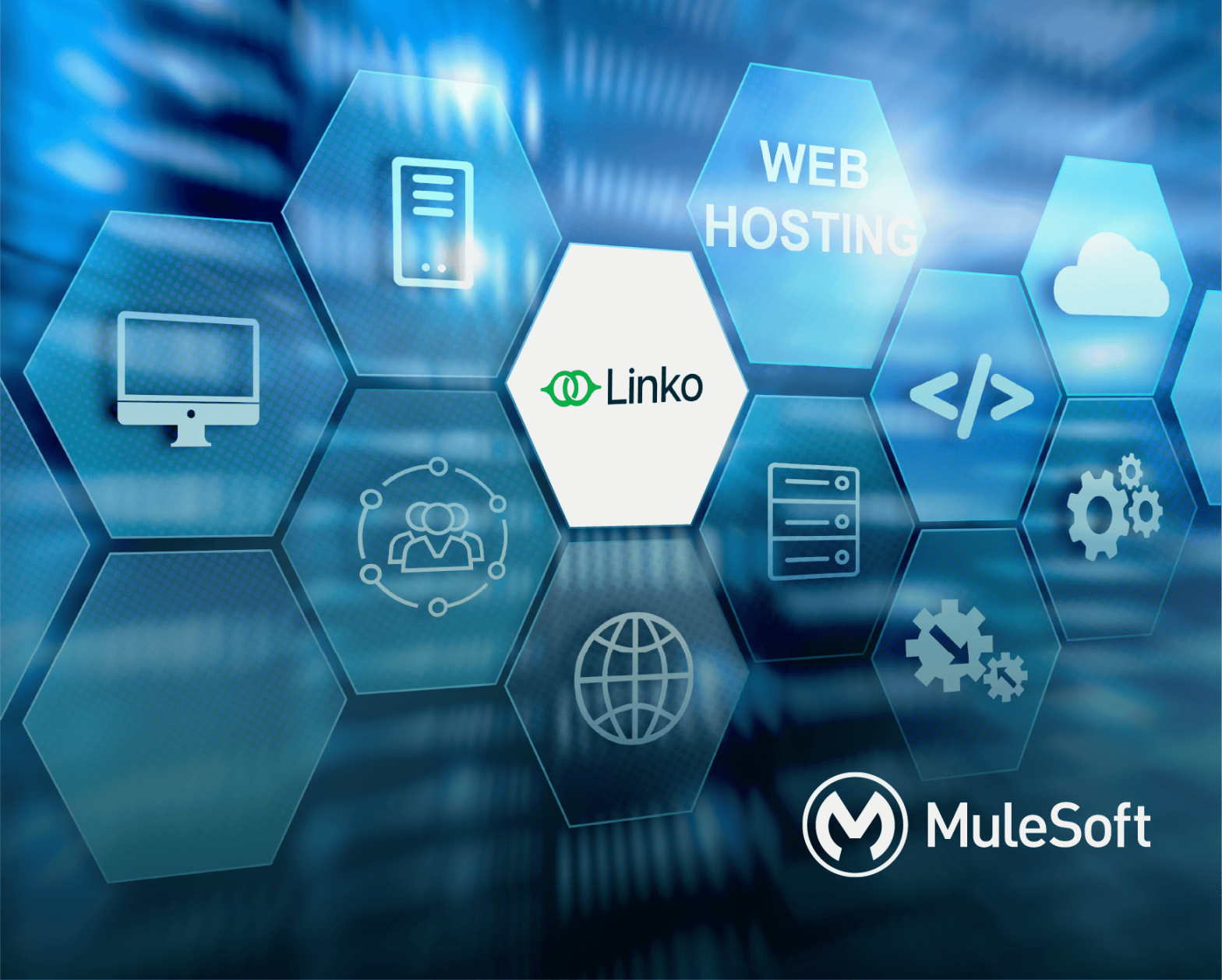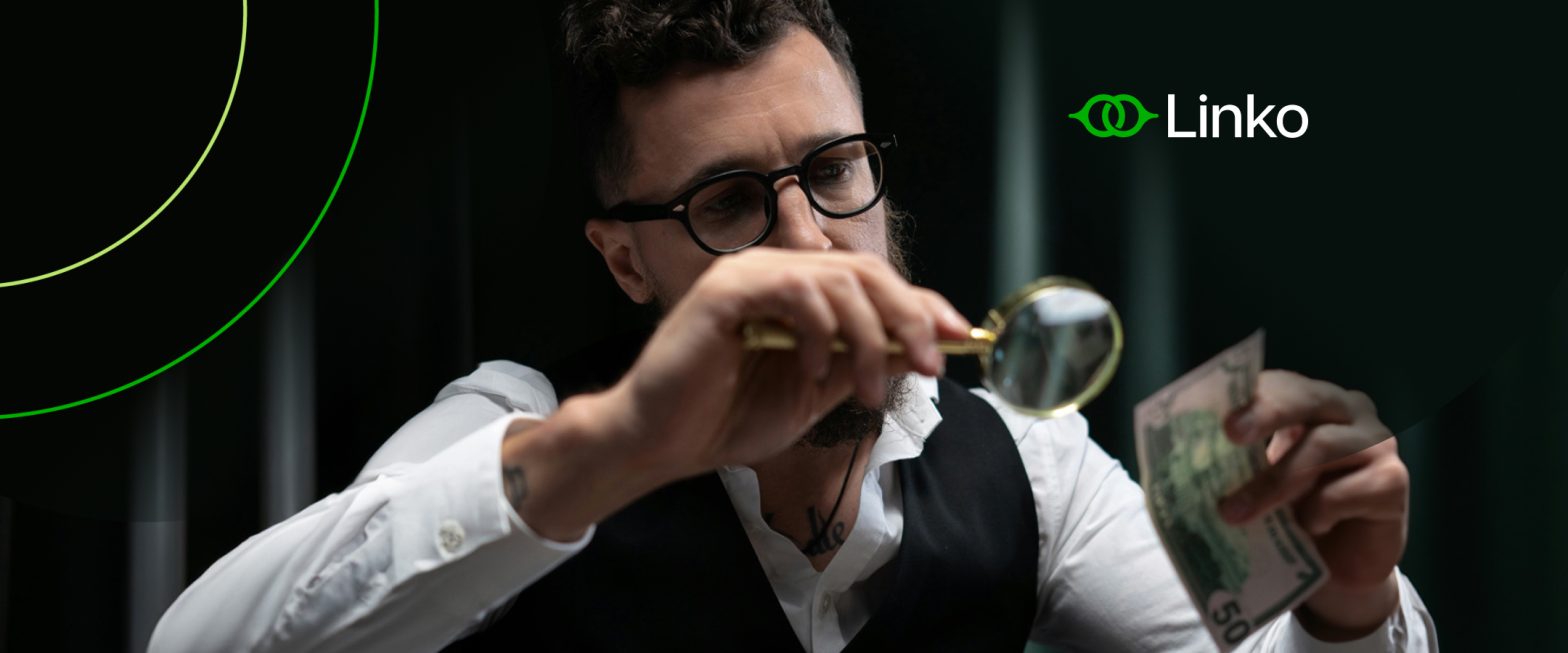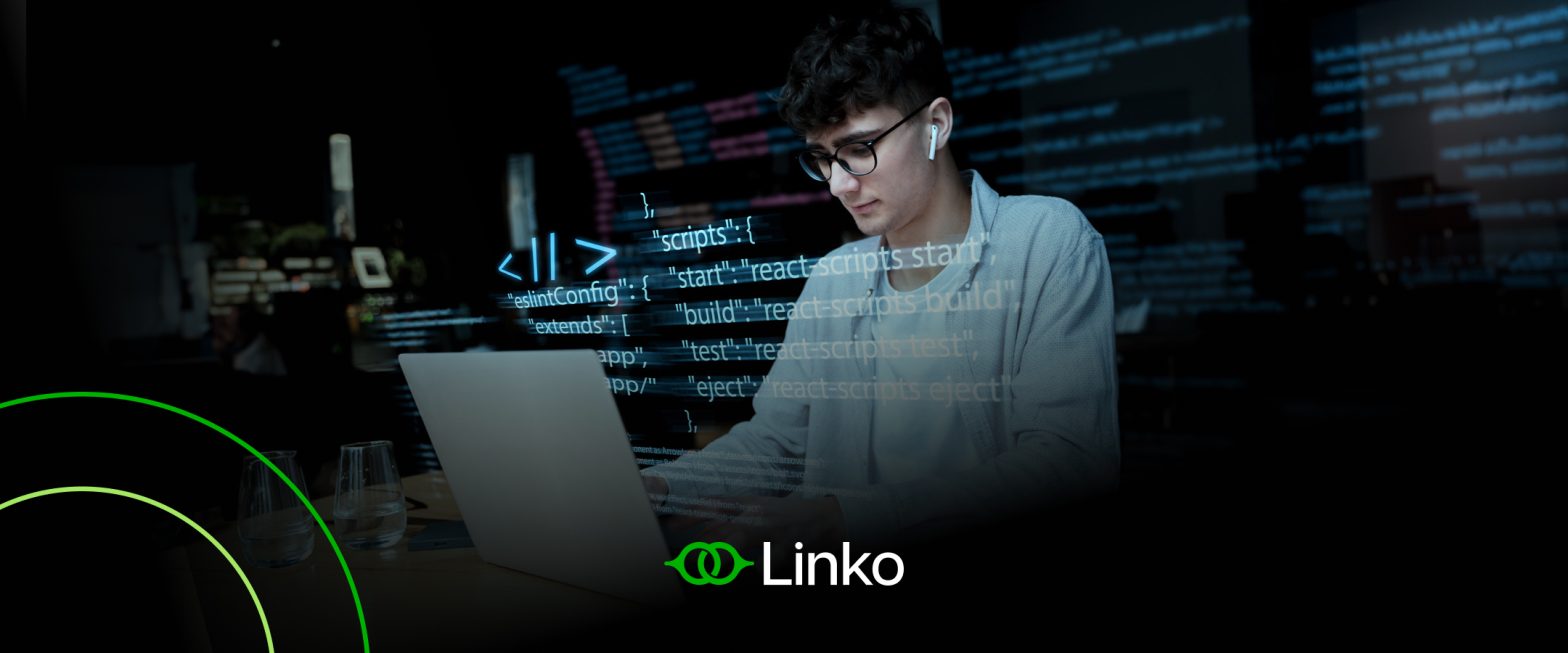This is the question I pose at the beginning of every AI workshop I facilitate. It’s a deceptively simple question that most professionals never consider deeply—yet it’s becoming the most critical calculation of our careers as AI transforms how we work.
As a former consultant who led innovation in financial services and now works as an entrepreneur and certified VJal AI Coach, I’ve spent months exploring AI’s practical applications. What I’ve discovered might surprise you:
AI adoption isn’t a technology challenge—it’s a behavioral one.
Through workshops with executive teams, I’ve witnessed the pattern repeatedly: initial excitement followed by the reality that real AI integration requires changing fundamental habits. Instead of opening your laptop to check email first thing in the morning, you need to open your preferred AI platform. This behavioral shift is so crucial that AI companies are either embedding into browsers or becoming browsers themselves.
The Time Equation That Changes Everything
AI’s greatest value lies in its ability to give you back time—minutes that compound into hours, then days, and eventually weeks. These aren’t just productivity gains; they’re life gains. Those saved minutes become time for strategic thinking, creative problem-solving, or simply being present with family and friends.
After facilitating numerous workshops and observing adoption patterns, I’ve developed a framework for AI integration that I call the 4Cs of AI Mastery. As a former consultant, I couldn’t resist a good framework—and since the 4Ps and 7Ss are taken, the 4Cs it is:
The 4Cs Framework: Your AI Adoption Journey
| Stage | Description | Time Investment | Expected productivity gain |
| Curious | Exploring AI beyond basic tasks like email writing or simple content generation | 15 minutes/day for 2-3 weeks | 1-2 hours/week time savings |
| Comfortable | Confidently using AI for complex workflows like presentation creation with branded assets | 30 minutes/day for 2-3 weeks | 2-3 hours/week consistent savings |
| Competent | AI becomes your daily ally— integrated into calendar, Excel, messaging systems | 2 hours/week strategic planning | 4-6 hours/week extra productivity |
| Competitive | You’re the gold standard of human-AI collaboration, delivering 1.3-1.5x value | 4 hours/week AI strategy | Full day+ of productivity gains |
Curious: You know ChatGPT exists, but push beyond the obvious. Ask yourself: “What tasks consume most of my day, and how can AI accelerate them?” This stage requires intellectual honesty about your current workflows and genuine curiosity about possibilities.
Comfortable: You’ve made AI your presentation partner. What once took 8-10 hours now takes 4 or less. You’ve uploaded your company’s visual assets, and your decks excel in both storytelling and design. AI has become your reliable creative collaborator.
Competent: This is the new baseline. Twelve months from now, hiring someone without AI competency will be like hiring someone who can’t use email today. AI isn’t just a tool—it’s your strategic partner, giving you half your day back while maintaining output quality. You’re essentially getting a raise for working smarter, not harder.
Competitive: You’ve arrived, for a while. You’re the model of human-AI synergy—creative, punctual, and transformative. You don’t just use AI; you orchestrate it to create exponential value for your organization. Your strategic AI planning pays dividends that compound weekly.
Your Business Case Starts Now
The journey from Curious to Competitive takes weeks, not years. The calculation is straightforward:
If I invest (X) minutes per week, I will gain (Y) minutes of productivity. Multiply by my hourly value = ROI*
Run this calculation honestly. Most likely, someone in your industry—a startup, competitor, or forward-thinking colleague—is already making this investment. The question isn’t whether AI will transform your industry; it’s whether you’ll lead that transformation or be left behind.
AI is the ultimate productivity multiplier. The only question remaining is: Will you multiply your impact, or let others multiply theirs while you stay static?
Thanks for reading! Let me know your thoughts in the comments







